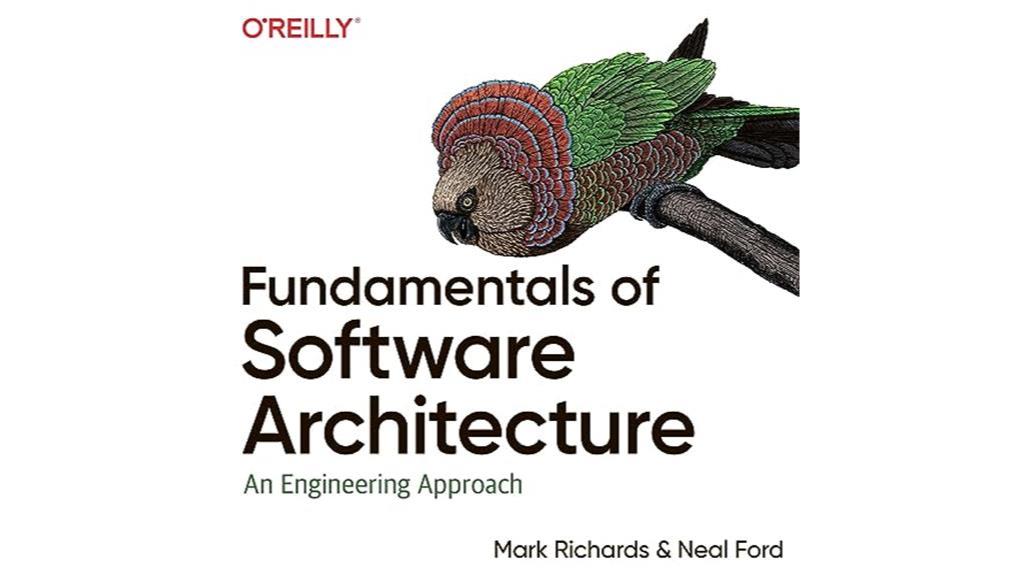Fundamentals of Software Architecture: Review Highlights
Within the realm of software architecture, the 'Fundamentals of Software Architecture' publication has garnered attention for its meticulous approach towards unraveling the intricate layers of design and decision-making processes. By weaving together theoretical underpinnings with pragmatic insights, this book sets a new standard for architects seeking to elevate their craft. Its emphasis on strategic thinking and broadening horizons opens a gateway to fresh perspectives in an ever-evolving technological landscape. As professionals delve into the depths of this resource, they are bound to uncover a treasure trove of knowledge awaiting exploration.
Plot
The plot of the book 'Software Architecture Review Highlights' intricately weaves together foundational concepts, practical advice, and real-world experiences to provide a comprehensive overview of software architecture principles and decision-making strategies.
Through a skillful blend of theoretical frameworks and practical applications, the authors navigate readers through the intricate web of architectural decision-making, shedding light on the nuanced considerations that architects face.
By delving into the complexities of architecture styles and the importance of informed decision-making, the book challenges traditional views on software development and encourages a more thoughtful, strategic approach to design.
It prompts readers to question their existing paradigms and embrace a broader perspective, one that prioritizes adaptability and collaboration over rigid structures.
In a world where innovation is key, the book serves as a beacon of guidance for aspiring architects seeking to navigate the ever-evolving landscape of software design.
Narration
In exploring the essence of architectural decision-making and practical guidance, the narrative of 'Software Architecture Review Highlights' unfolds as a compelling journey into the realm of software design complexities.
Through a tapestry of experiences shared by readers, the book navigates the intricate landscape of software architecture, delving into the nuances of architecture styles, decision-making processes, and the amalgamation of personal insights.
The narration weaves a fabric of knowledge, emphasizing the significance of breadth over depth, challenging conventional wisdom in the field of software design. It invites readers to question established norms and delve deeper into the intricacies of architectural components, fostering a sense of curiosity and introspection.
As the narrative unfolds, it ignites a spark of passion for exploring the ever-evolving world of software architecture.
Summary
Navigating through the diverse landscape of software architecture insights, the book 'Software Architecture Review Highlights' distills a wealth of knowledge for readers at various stages of their architectural journey. By emphasizing the significance of breadth of knowledge over depth, the book equips architects with essential skills and insights.
It delves into various architecture styles, encouraging thoughtful decision-making based on specific solutions rather than fleeting trends. Through personal experiences and critiques, readers gain a comprehensive understanding of the book's educational value and practical application. Despite some limitations in examples and coverage, the book serves as a solid resource for individuals seeking to advance in their software architecture careers.
Global reviews further highlight its comprehensive coverage and recommend it for beginners and seasoned professionals alike.
Conclusion
In conclusion, the 'Fundamentals of Software Architecture' book offers a compelling and insightful exploration of the intricacies of software design. With its blend of foundational principles, practical wisdom, and real-world anecdotes, it challenges traditional views and equips architects with essential skills and insights.
This comprehensive guide serves as a valuable resource for architects at all levels, encouraging a strategic and thoughtful approach to architectural decision-making.






